Norbert Bacyk
WARSAW II: THE TANK BATTLE AT PRAGA
July-September 1944
The 4th SS-Panzer-Corps vs the 1st Belorussian Front

A foreword from the publisher
The battle for Praga, that part of Warsaw which lies East of the Wisa River, and took place from the end of July until October of 1944, is one of the most dramatic episodes in the history of WW II. The battle for Praga was inextricably linked to the Warsaw Uprising, but both these events can be represented independently. This book describes the fighting between the German and Soviet Armies on the battlefield outside the Polish Capital. The result of this combat was that Praga at last came to be liberated, while the city sectors west of the river were condemned to destruction
Enjoy this fascinating read!LEANDER & EKHOLM FORLAG
1 : 1 The Situation at the Centre of the Eastern Front
Early summer, 1944.
During the late spring of 1944, the constant Soviet pressure on Ukrania and the relative passivity that prevailed on the Belarusian sector, led to the formation of two clearly separate operational areas. While the Germans and their allies had nearly been driven back to the jump off point for operation Barbarossa in the Ukraine; they nonetheless retained control over vast areas of north of the Prype Rivers wet lands. The fronts consequent appearance was both an opportunity and threat for both sides in this conflict. But the Germans viewed strategical position as essentially defensive, partly due to their numerically weaker forces. Therefore the risk of their Belarusian region being outflanked from the south increased. An effective defence of the Belarusian frontline, which measured 1,100 km from Lake Nieszczerado to the town of Werba, would have required enormous military resources which the Germans Eastern Army (Ost Heer) certainly did not possess.

Two Sd Kfz 251/1 ausf D on the bank of the Weichel in the summer of 1944. The vehicles hail from the 19th Panzer Division. Note the third vehicle in the background. Its an Sd Kfz 251/17, anti-aircraft vehicle with a 2 cm FLAK 38 encased in a turret an effective vehicle, though unusual in appearance. (Leandoer & Ekholm archive)

An assault gun unit with a StuG 40 Sd Kfz 142/1 Ausf.Gs rolling toward the Eastern front, in the summer of 1944. (CAW)
At the beginning of June 1944, a lull prevailed across the entire Eastern front which gave an indication that both sides were preparing for renewed and terrible conflict. In Hitlers opinion, the greatest threat resided in the Soviet presence in Ukrania. He feared the so called galician manoeuvre. According to the Third Richs dictator, the Soviet forces didnt plan to attack Byelorussia, but rather to strike with all out strength against the province of Lublin and then draw north into the area between the Wisla and Bug Rivers, cross the Bug and Narew Rivers in order to set out in an approximate direction towards Knisberg, attacking and breaking off the contacts between the German homeland and Heeresgruppe Nord and Mitte. This inaccurate assumption concerning enemys intentions was also shared by Generalfeldmarschall Keitel, commander of the OKW, as well as Generaloberst Jodl, chief of staff at OKH command. In reality, such an ambitious plan of action lay far outside the Soviet Armys capabilities. The Galician manoeuvre would in any event have been difficult to implement given the difficult nature of the terrain, supply problems and, not least, from a purely tactical standpoint. Despite this, Hitler believed that it was a possible and ordered Heeresgruppe Nord Ukraine to concentrate a large potion of its available tank divisions for battle, east of the Bug River. As a result, during early summer, the commander of this Heeresgruppe, Generalfeldmarschall Walter Model, received under his command as many as nine tank divisions and two in the main, these were assembled into the 1st and 4th Panzer-Armies. Apart from these armoured forces, the Hungarian 1st Army was put under his command. In contrast, the man entrusted with ensuring that Belorussia remained in German hands, Generalfeldmarschall Ernst Busch, had only one lone tank division and three armoured self-propelled gun divisions.

Tanks, models PzKpfw IV Ausf. G and H, from the 5th Panzer-Regiment in the vicinity of Chelm or Sokal, June 1944. (CAW)
However, the Soviet side had no intention of concentrating all their combat resources on only one operational objective. The plans for the new strategic offensive consisted, namely, in successively spreading out its operations to new frontlines. By employing this strategy it would prove impossible for the numerically outnumbered defenders to concentrate its reserves in any one place, and thereafter, the Germans were able to be defeated in a number of destructive battles. This masterly plan from STAVKA, (Stavka Vjerchnovo Glavnokommandujusjtjego the Headquarters for the Red Armys High Command) was set into action on June 9 when the Soviet Leningrad Front carried out an offensive against the Finnish Army defending the Karelian Isthmus. This was only a supporting offensive but an extremely vital one from the standpoint of Leningrads and Kronstadts security. Barely two weeks later, on June 20, the strong Soviet partisan units in Southern Belorussia launched a broad wave of sabotage actions against Heeresgruppe Mittes rearguard units. This marked the commencement of operation Bagration, in which four Soviet fronts destroyed Generalfeldmarschall Buschs Heeresgruppe.

The crew of an anti-aircraft vehicle, 2 cm Flak 38 auf Fgst Zgkw 8t Sd Kfz/1, firing at ground targets, on the Eastern Front, summer 1944. (CAW)

The Soviet assault-gun SU-76M from an unidentified unit during fighting in Belorussia, July 1944. (ASKM)
Selected to lead the actual execution of the Bagration offensive were: General Ivan Bagramians 1st Baltic front, General Ivan Tjernjakow 3rd Belarusian front, General Georgij Zacharov 2nd Belarusian Front and General Konstantij Rokossovskij 1st Belorussian Front, which later would initiate the attack only from its right, which is to say, eastern flank. Heeresgruppe Mitte which directly faced them; was composed of the 3rd Panzer-Army, the 4th Army, the 9th Army and the 2nd Army. Of these, it was only the 2nd Army that stood directly in front of the 1st Belorussian Fronts left flank, and therefore positioned outside the reach of the Soviets initial offensive.
While working on the operational details, it emerged that Stalin, with regard to Belorussia, favoured launching a powerful offensive at one single strategic point. However, General Rokossovskij, the commanding officer with most responsibility for that frontline, unexpectedly opposed the dictator and expressed his opinion that a pincer manoeuvre would be a wiser way to proceed. In his view, the first thing they should do is crush the flanks of the 3rd Panzer-Army and the 9th Army, and thereafter encircle the 4th Army. Stalin finally acceded to the generals forcefully expressed opinion, but underlined for Rokossovskij that he now, in fact, bore the entire responsibility for the operations success, or failure, on his shoulders. This was a thinly veiled threat but the commanding officer of the 1st Belorussian Front was completely sure of his opinion.

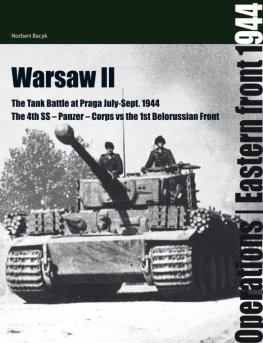
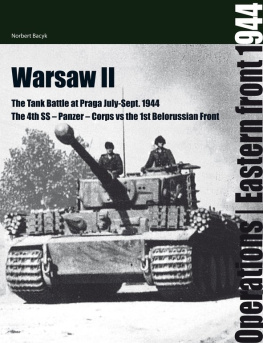

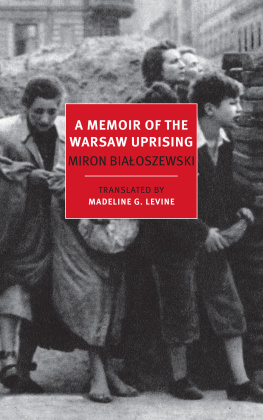
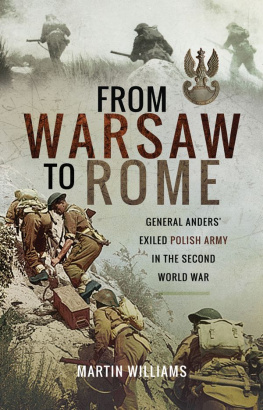
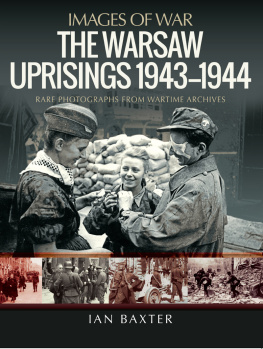

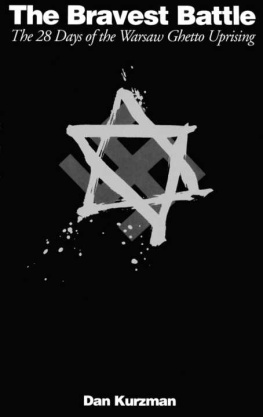
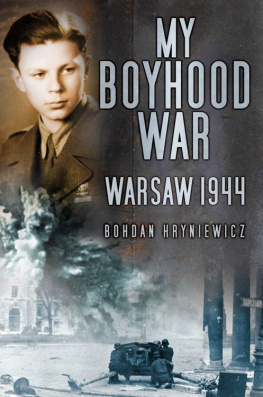
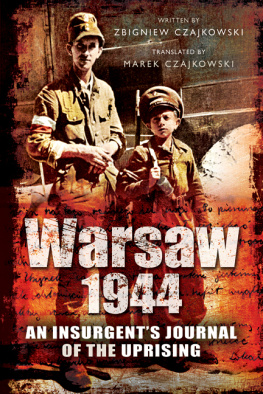
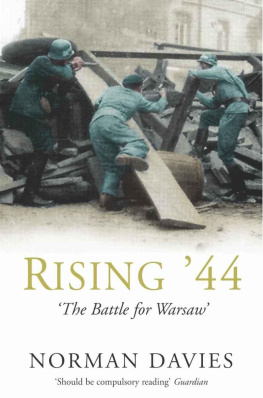
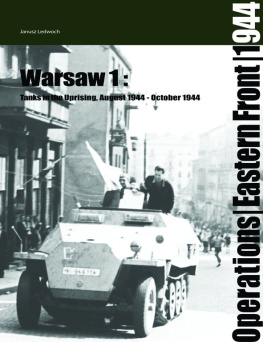

 Two Sd Kfz 251/1 ausf D on the bank of the Weichel in the summer of 1944. The vehicles hail from the 19th Panzer Division. Note the third vehicle in the background. Its an Sd Kfz 251/17, anti-aircraft vehicle with a 2 cm FLAK 38 encased in a turret an effective vehicle, though unusual in appearance. (Leandoer & Ekholm archive)
Two Sd Kfz 251/1 ausf D on the bank of the Weichel in the summer of 1944. The vehicles hail from the 19th Panzer Division. Note the third vehicle in the background. Its an Sd Kfz 251/17, anti-aircraft vehicle with a 2 cm FLAK 38 encased in a turret an effective vehicle, though unusual in appearance. (Leandoer & Ekholm archive) An assault gun unit with a StuG 40 Sd Kfz 142/1 Ausf.Gs rolling toward the Eastern front, in the summer of 1944. (CAW)
An assault gun unit with a StuG 40 Sd Kfz 142/1 Ausf.Gs rolling toward the Eastern front, in the summer of 1944. (CAW)  Tanks, models PzKpfw IV Ausf. G and H, from the 5th Panzer-Regiment in the vicinity of Chelm or Sokal, June 1944. (CAW)
Tanks, models PzKpfw IV Ausf. G and H, from the 5th Panzer-Regiment in the vicinity of Chelm or Sokal, June 1944. (CAW)  The crew of an anti-aircraft vehicle, 2 cm Flak 38 auf Fgst Zgkw 8t Sd Kfz/1, firing at ground targets, on the Eastern Front, summer 1944. (CAW)
The crew of an anti-aircraft vehicle, 2 cm Flak 38 auf Fgst Zgkw 8t Sd Kfz/1, firing at ground targets, on the Eastern Front, summer 1944. (CAW) The Soviet assault-gun SU-76M from an unidentified unit during fighting in Belorussia, July 1944. (ASKM)
The Soviet assault-gun SU-76M from an unidentified unit during fighting in Belorussia, July 1944. (ASKM)